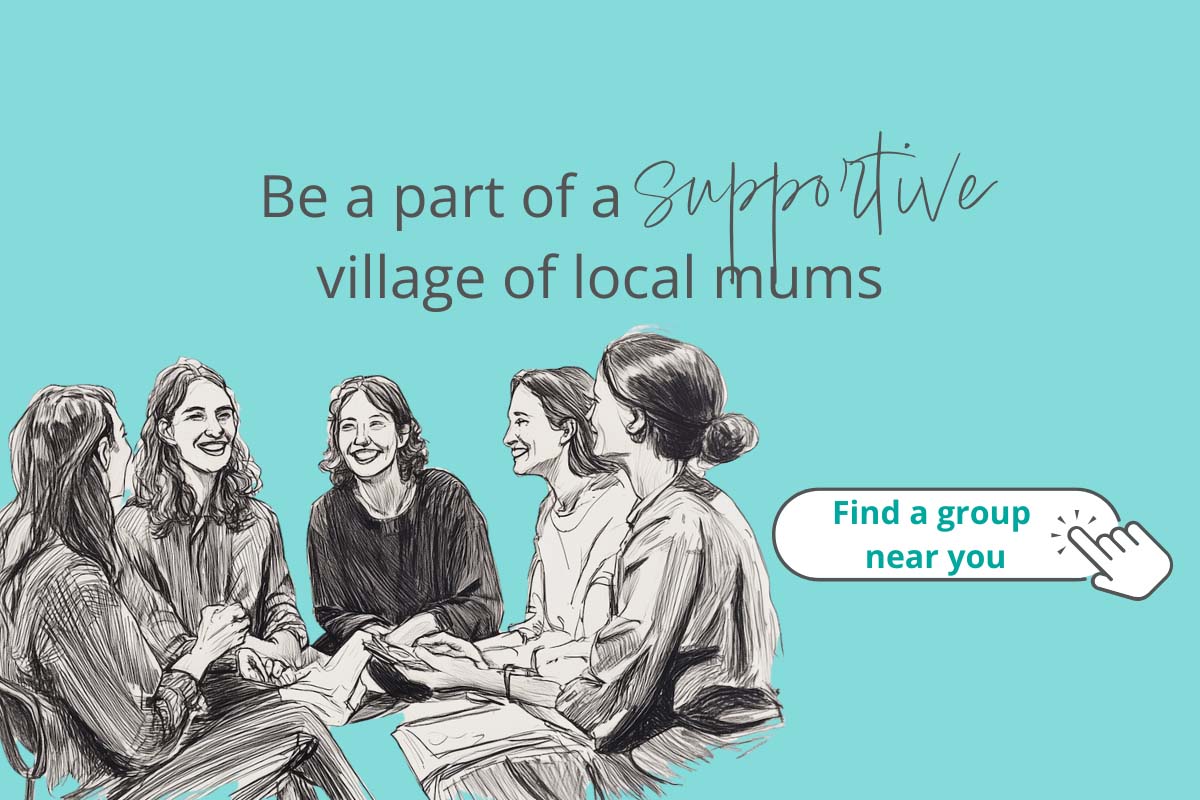Receive personalised articles from experts and wellness inspiration weekly!
Inspiring stories
A mum’s heartbreaking choice
What happens to the children of mums working in Cambodia’s red-light districts at night? Read how one mother found an unexpected lifeline.
Educational toys your kids will love
The secret to soothing a teething baby
Don’t feed your baby these foods
Educational toys your kids will love
Massages and pregnancy: Is it safe?
Wonder Weeks: A stress-free guide for parents
Choosing the best baby formula
Trending video
9 Aussie Christmas traditions we all love
Aussie Christmas traditions are truly one of a kind. Celebrate the season with a look at the uniquely Australian ways we do Christmas.
DIY advent calendar ideas for kids
Looking for a fun way to kick off the countdown to Christmas? Try a kid-friendly DIY advent calendar filled with surprises.
The Gottman Method: 3 ways to help your marriage last
Wondering how the Gottman Method can help your marriage? Here are 3 simple ways to build lasting love and a stronger connection.
Why you should consider relationship counselling
Discover what relationship counselling involves, how it works, and whether it’s the right step for you and your partner.
The 5 things I learned from my divorce
Side hustles for mums: Turning spare time into cash
Whether you’re just wanting some extra cash, covering rising bills or dreaming of replacing your day job, you’ll need the right side hustle.
Why you should have a five-year-plan
12 kitchen swaps to save money and the planet
Discover 12 simple kitchen swaps that can help you reduce your environmental impact and make sustainable choices without breaking the bank.
9 Aussie Christmas traditions we all love
Aussie Christmas traditions are truly one of a kind. Celebrate the season with a look at the uniquely Australian ways we do Christmas.
DIY advent calendar ideas for kids
Looking for a fun way to kick off the countdown to Christmas? Try a kid-friendly DIY advent calendar filled with surprises.
11 Minecraft cakes that kids will love
Meal inspiration
Receive personalised articles from experts and wellness inspiration weekly!
Mind & body
Recent posts
26 smart ways mums are making life easier, more affordable and more fun in 2026
From clever shortcuts to small mindset shifts, discover how mums are making everyday life easier, more affordable and way more fun in 2026.
7 Christmas desserts you can make with the kids
Get into the festive spirit with these easy Christmas desserts you can make with the kids—perfect for creating sweet family memories.
I have a spinal cord injury. Here’s how I go camping
My injury doesn’t define me. I navigate the outdoors and I refuse to let anything hold me back. Here’s how camping helped me reclaim my life.
9 Aussie Christmas traditions we all love
Aussie Christmas traditions are truly one of a kind. Celebrate the season with a look at the uniquely Australian ways we do Christmas.
What the social media ban means for you
Children under the age of 16 will be blocked from using social media from 10 December 2025. Here’s what you can do as a parent.
DIY advent calendar ideas for kids
Looking for a fun way to kick off the countdown to Christmas? Try a kid-friendly DIY advent calendar filled with surprises.







